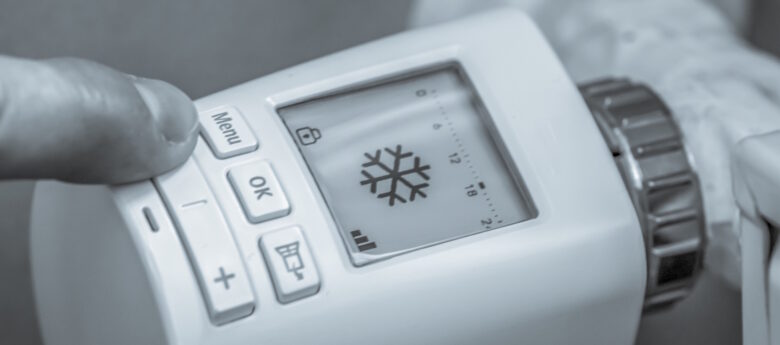Important Tasks for Prepping Your Heating System for Winter

As the nights grow longer and the temperatures begin to drop, it may be time to turn on your facility’s heating system to combat the cooler air. When that time ultimately comes, you want to have complete confidence that your heating system is going to operate effectively. Nothing can be worse than turning your heating unit on only to find out that it is malfunctioning or has completely failed. If you wait until winter strikes to see if your system is operational, you’ve waited too long.
It’s important for facility managers to have a strategy in place well ahead of the cold season to ensure these issues don’t hinder your facility. Many failures can be avoided or managed by preparing your heating solution in advance. It can cost as much as $10,000 to replace a unit for a 1,000-square-foot building, which can also damage your facility’s budget for the year due to an unplanned repair or replacement.
There are several proactive measures that a facility manager can take to ensure the heating system works prior to winter. Each of these best practices should be considered when developing your facility maintenance plan.
The Right Heating Solution
The fall is an excellent time to take stock of your facility’s weak areas for heating. Ensuring you have the proper heating solution for your building is important to maximize heating efficiency. For facilities that lack efficient heating, it may be time to consider replacing the unit or adding a smaller unit for those problem areas.
Due to their small size and efficient heating, unit heaters provide an opportunity for facility managers to properly heat their facilities. For larger facilities, more than one can be installed for maximum heating capacity. In addition, they can be strategically placed throughout a building to heat those problem areas.
Due to their size, unit heaters can be hung off the ground and tucked away on the ceiling to create more floor space for equipment or machinery. But, while they are smaller in size, their ability to provide adequate heat is not negatively impacted. Unit heaters are designed to provide permanent heat in the areas they are installed.
While installation of these units is less involved than a facility-wide system, installing these units well ahead of the cold season is optimal and provides you enough time to strategically place them in the areas they are most needed to help maximize facility warmth in the winter.
Best Practices for Preventative Maintenance
Preventative maintenance is a practice that should always be included in any facility management plan. When it comes to ensuring a facility’s heating unit is functioning properly, preventative maintenance is the best solution. It doesn’t matter if you are using a unit heater or a facility-wide system: preventative maintenance is vital. Preventative maintenance can predict failures by monitoring and identifying anomalies, optimizing operations and extending equipment life.
There are several things you can expect when scheduling an inspection with a qualified, trusted contractor. One best practice that is followed is performing routine visual inspections of the unit to check for signs of wear, corrosion or damage. This includes looking at loose or disconnected components. A contractor will also inspect the combustion chamber and burner for dirt buildup, corrosion or damage while cleaning them as needed to maintain proper operation.
Other best practices during the inspection include:
- Checking exhaust vents and flue systems for blockages, leaks or corrosion.
- Inspection of the heat exchanger for cracks or corrosion.
- Lubricate motors and bearings.
- Check and adjust manifold gas pressures.
- Inspect and tighten electrical connections while also looking for signs of overheating or damaged wires.
- Testing safety controls such as limit switches and pressure switches to ensure they are functioning properly.
- Keep the surrounding area around the unit clean and free of dust, dirt and debris to prevent components from getting dirty.
These preventative measures will help ensure your facility isn’t stuck in the cold when winter begins.
Providing a Warm Winter Experience
Whether you are in the cold northeast or the mild south, there will be a time when a facility needs to be heated to provide comfort to employees and protect valuable equipment. Having a plan that emphasizes having the right heater in place and champions preventative maintenance is key. Winter is coming, and it’s the small things that can help guarantee your unit is functioning at optimal levels and your building is being heated efficiently.
Jamie Tuinstra is a regional sales manager at Modine Manufacturing. He has been in the heating and cooling industry for 25 years and with Modine for 16. Building on more than 100 years of excellence in thermal management, Modine provides trusted systems and solutions that improve air quality and conserve natural resources. Modine is a global company headquartered in Racine, Wisconsin (USA), with operations in North America, South America, Europe and Asia.
The post Important Tasks for Prepping Your Heating System for Winter appeared first on Facility Management.

